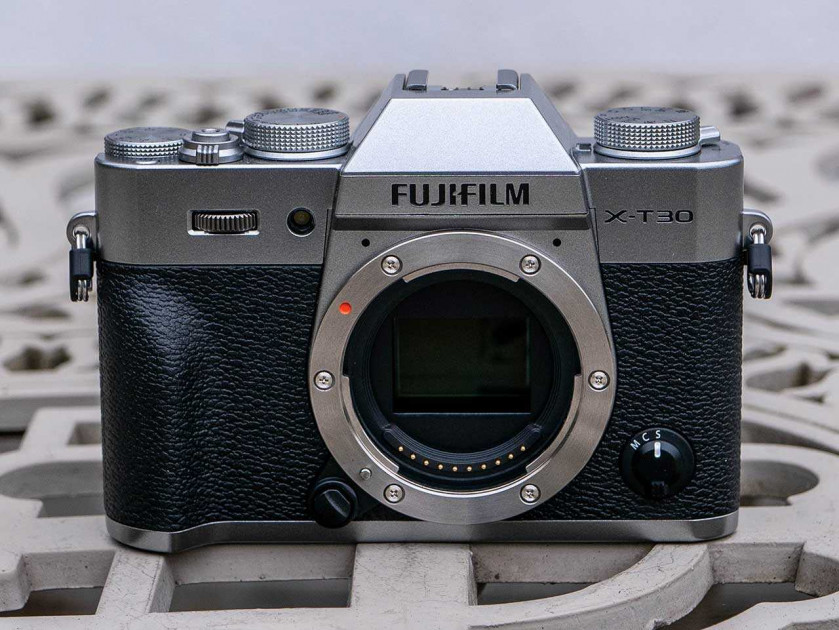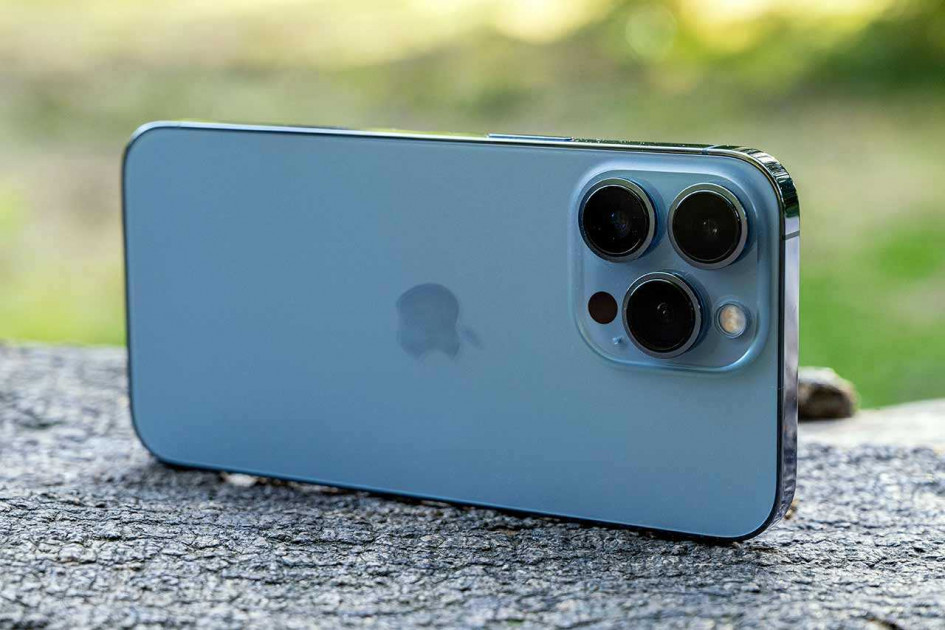Rarely seen without his Leica M6, Ray Barbee brings the same unique perspective to the art of black and white analogue photography as he brings to his other passions: the do-it-yourself attitude that has made Barbee successful as a musician and skateboarder is also evident in his photographs, which he has been developing in the darkroom for over a decade. His images are at times loud, at times quiet; they also preserve the explorations, discoveries and experiences he has had in his own life. Despite the absence of colour, every single one of his images radiates joie de vivre, combined with a message about making the most of time.
When did you take up photography and how did your passion develop over time?
My interest in photography started around the time that I got sponsored for skateboarding. Going out with the photographers so that they could shoot me for skate magazines exposed me to the process and craft involved. I was also fascinated with the many different types of cameras that they would use. That interest grew until I finally got a camera of my own many years later, and learned to shoot and print in the darkroom.
How did you get into the world of Leica cameras?
For years I shot with a point and shoot camera that had a 35mm lens and was fully automatic. In the back of my mind I knew that one day I wanted to learn how to use a manual camera and make silver gelatin prints. When I finally made the switch from a point and shoot to a manual camera, I started with an SLR. I quickly learned that for the way that I shoot I would do better with a rangefinder camera. If you shoot with a rangefinder camera you end up with a Leica. They arguably make the best rangefinders out there.
Which camera are you using and why?
My favorite camera, and the one that I’ve shot with for about 12 years now, is an 80’s Leica M6 with a Canadian 35mm Summicron lens. It’s the camera I use 95% of the time, and has become a real appendage at this point, haha!
How did the cooperation with Vans come about?
Vans reached out to me and asked if I would be a part of a Vans Leica collaboration. I’m extremely honored that both Vans and Leica would have me on board, to not only show the connection between skateboarding and photography, but also to celebrate the enormous contributions both brands have brought to their respective fields for so many years. The two iconic brands coming together makes for a very special collaboration.
You are not only a photograph and skateboarder, but also a musician. What do these three things have in common?
I’d say they have quite a few things in common; such as lots of freedom to express yourself – each of them is very challenging and there are no rules.
The joy is in capturing the journey – this is the motto of this collaboration. What exactly does it mean for you?
The statement The joy is in capturing the journey is my way of signaling that the fun part is in what you experience while doing it. And with “it” I mean the process, everything that leads up to the final print.
What catches your eye when you’re out on the streets taking pictures?
Anything can catch my eye when I’m out on the streets: Light, shapes, geometry, expressions, body gestures, rarities, beauty,… The list goes on and on and on. There’s a lot of intuition at play, responding in the quick fleeting moments… Not thinking too much.
Why do you prefer black and white photography?
I’ve always admired painters and artists, but I could never get the swing of it myself. Shooting black and white and printing in the darkroom lets me get close to that experience, by way of painting with light. Also, I really appreciate the freedom that black and white gives me. The very nature of it is abstract because we don’t see in black and white. So there are very few preconceived ideas about what things should look like. You can only say you don’t like the print but you can’t say it’s wrong. Unlike color where if the skin tone is weird you’ll know it’s wrong.
How would you describe your visual language?
I am not sure what my visual language is, but I know shades of grey geometry are the roots of my dialect.
What do you want to evoke in the viewer?
I just want to evoke something… anything. I’m not really too concerned with what exactly that might be. Sometimes I want them to see what I saw, but more importantly I want them to see what I didn’t see in my own images. There’s a lot of beauty in appreciating different perspectives.
Which do you prefer, digital or analog photography – and why?
I shoot analog for a lot of reasons, but I always jokingly say the main reason is I can’t print a jpeg in my darkroom. I shoot for the print.
Ray Barbee is an American skateboarder, musician, and photographer originally from San Jose, California. He started skateboarding in 1984, when he was in seventh grade, and has grown to become one of the most iconic skateboarders of his generation. His passion and do-it-yourself attitude, which distinguish him as a musician and as a skateboarder, also define his photography. He has been developing his own photos for the last ten years. Ray’s seamless approach to capturing a moment, while nurturing the image through the development process and bringing it to fruition in the dark room, make his photographs as humble and honest as the man behind the lens. Find out more about his photography on his Instagram channel.









